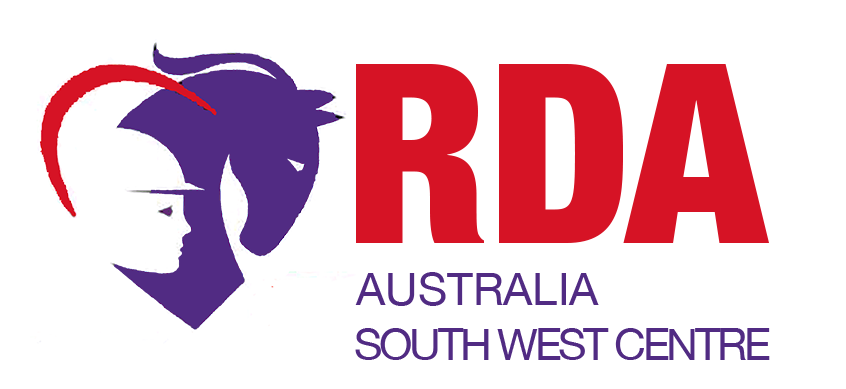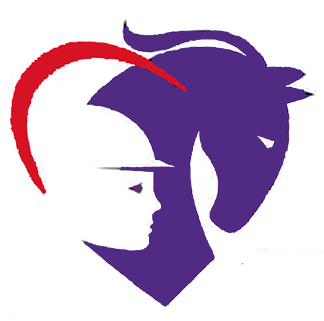Improved Balance and Muscles
As the horse moves the rider is constantly thrown off balance, requiring the rider’s muscles to contract and relax in order to rebalance. This has an effect similar to physiotherapy, reaching deep muscles making the therapy more enjoyable and even fun! The three dimensional rhythmic movement of the horse is similar to the motion of walking, teaching rhythmical patterns to the muscles of the legs and trunk. By repositioning the rider on the horse (therapeutic riding) different muscles are worked. Stopping and starting the horse and changing the speed and direction increases the benefits. Muscles are strengthened by the increased use involved in riding. Riding is an exercise however it is perceived as enjoyment giving the rider increased tolerance and motivation to lengthen the period of exercise.
Stretching Tight or Spastic Muscles
Increased Range of Joint Motion – Sitting on a horse requires stretching of the adductor muscles of the thighs. This is accomplished by pre-stretching exercises prior to mounting, and starting the rider on a narrow horse and gradually working to wider horses. Gravity helps stretch the calf muscles when the rider is mounted on the horse without stirrups. Stomach and back muscles are stretched by encouraging the rider to maintain an upright position against the movement of the horse. Arm and hand muscles are stretched by the act of holding the reins whilst also helping to break the flexor spasm of the upper limbs. The rhythmic motion and warmth of the horse aid in relaxation particularly the legs, whilst sitting astride the horse helps break down the extensor spasms of the lower limbs. As spasticity is reduced, range of motion increases. Range of motion is also improved by the act of mounting and dismounting, tacking, grooming and exercises during the lesson.
Improved Coordination, Faster Reflexes and Better Motor Planning
Riding requires a great deal of coordination to get the desired response from the horse. As the horse provides instant feedback to every action, it is easy to know when you have given the correct cue. Repetition of the patterned movements required in controlling a horse quickens the reflexes and aids in motor planning.
Improved Respiration, Circulation, Appetite and Digestion
Although riding is not normally considered a cardiovascular activity, trotting and cantering do increase both respiration and circulation, whilst like all forms of exercise, riding stimulates the appetite and digestion.



